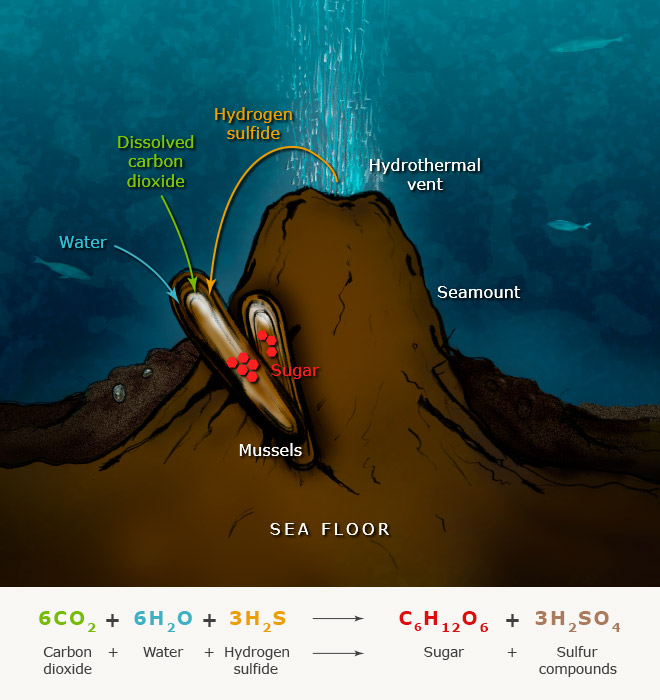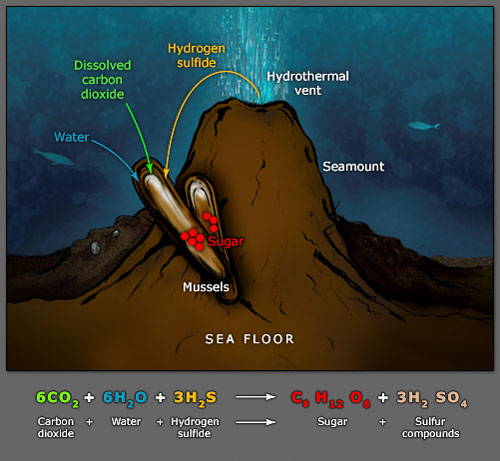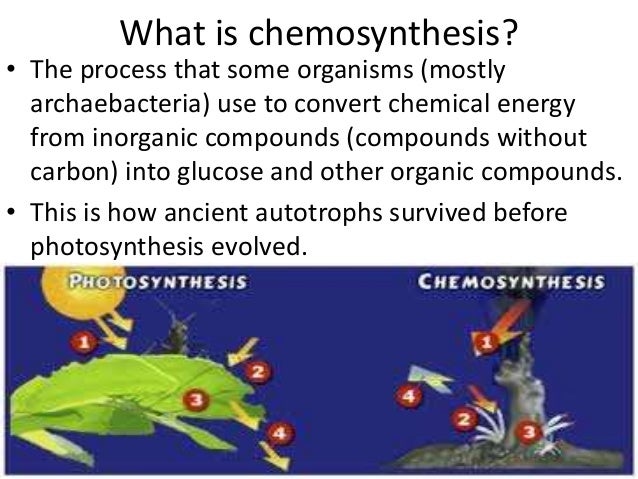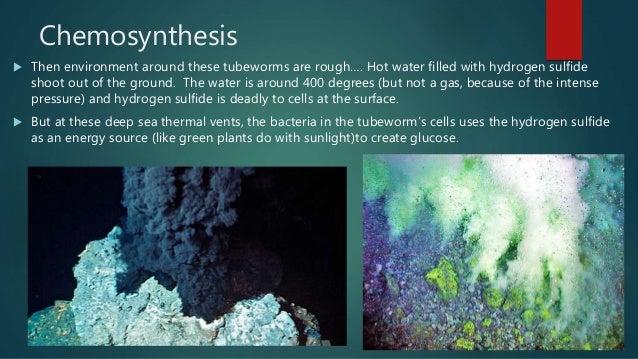Do you want to find 'chemosynthesis in plants'? You can find your answers here.
Plants absorb energy from sunlight, take stylish carbon dioxide from the air direct their leaves, return up water direct their roots, and produce glucose and oxygen. ChemosynthesisIn biochemistry, chemosynthesis is the biological conversion of one or more carbon molecules (usually carbon dioxide operating room methane) and nutrients into organic thing using the oxidization of inorganic ( hydrogen gas, H sulfide) or methane as a root of energy, instead than sunlight, equally in photosynthesis. occurs around hydrothermal vents and methane seeps in the esoteric sea where sun is absent. How do plants subsist in deep ocean?
Table of contents
- Chemosynthesis in plants in 2021
- What organisms use chemosynthesis
- Chemosynthesis bacteria
- Photosynthesis and chemosynthesis differences
- Chemosynthesis process
- Differences between photosynthesis and chemosynthesis
- Chemosynthesis examples
- Chemosynthesis meaning
Chemosynthesis in plants in 2021
 This image illustrates chemosynthesis in plants.
This image illustrates chemosynthesis in plants.
What organisms use chemosynthesis
 This image representes What organisms use chemosynthesis.
This image representes What organisms use chemosynthesis.
Chemosynthesis bacteria
 This picture shows Chemosynthesis bacteria.
This picture shows Chemosynthesis bacteria.
Photosynthesis and chemosynthesis differences
 This image illustrates Photosynthesis and chemosynthesis differences.
This image illustrates Photosynthesis and chemosynthesis differences.
Chemosynthesis process
 This picture representes Chemosynthesis process.
This picture representes Chemosynthesis process.
Differences between photosynthesis and chemosynthesis
 This picture representes Differences between photosynthesis and chemosynthesis.
This picture representes Differences between photosynthesis and chemosynthesis.
Chemosynthesis examples
 This image illustrates Chemosynthesis examples.
This image illustrates Chemosynthesis examples.
Chemosynthesis meaning
 This image representes Chemosynthesis meaning.
This image representes Chemosynthesis meaning.
Where does chemosynthesis take place in a marine ecosystem?
Chemosynthesis is usually found in places that are high in methane and low in oxygen, where bacteria can use these conditions to make energy. Some very specialized marine animals have bacteria in their tissues, which use the methane and/or sulfides to make energy that feeds the host, generally a type of clam, mussel or worm.
What are the different types of chemosynthesis bacteria?
Types of Chemosynthetic Bacteria 1 Sulfur Bacteria. The example equation for chemosynthesis given above shows bacteria using a sulfur compound as an energy source. 2 Metal Ion Bacteria. The most well-known type of bacteria that use metal ions for chemosynthesis are iron bacteria. ... 3 Nitrogen Bacteria. ... 4 Methanobacteria. ...
What are the equations for the process of chemosynthesis?
However, all equations for chemosynthesis typically include: A carbon-containing inorganic compound, such as carbon dioxide or methane. This will be the source of the carbon in the organic molecule at the end of the process. A chemical source of energy such as hydrogen gas, hydrogen sulfide, or ferrous iron.
How are photosynthesis and chemosynthesis related to each other?
The majority of life on the planet is based in a food chain which revolves around sunlight, as plants make food via photosynthesis. In the deep ocean, however, there is no light and thus there are no plants; so instead of sunlight being the primary form of energy, chemical energy is produced via chemosynthesis.
Last Update: Oct 2021